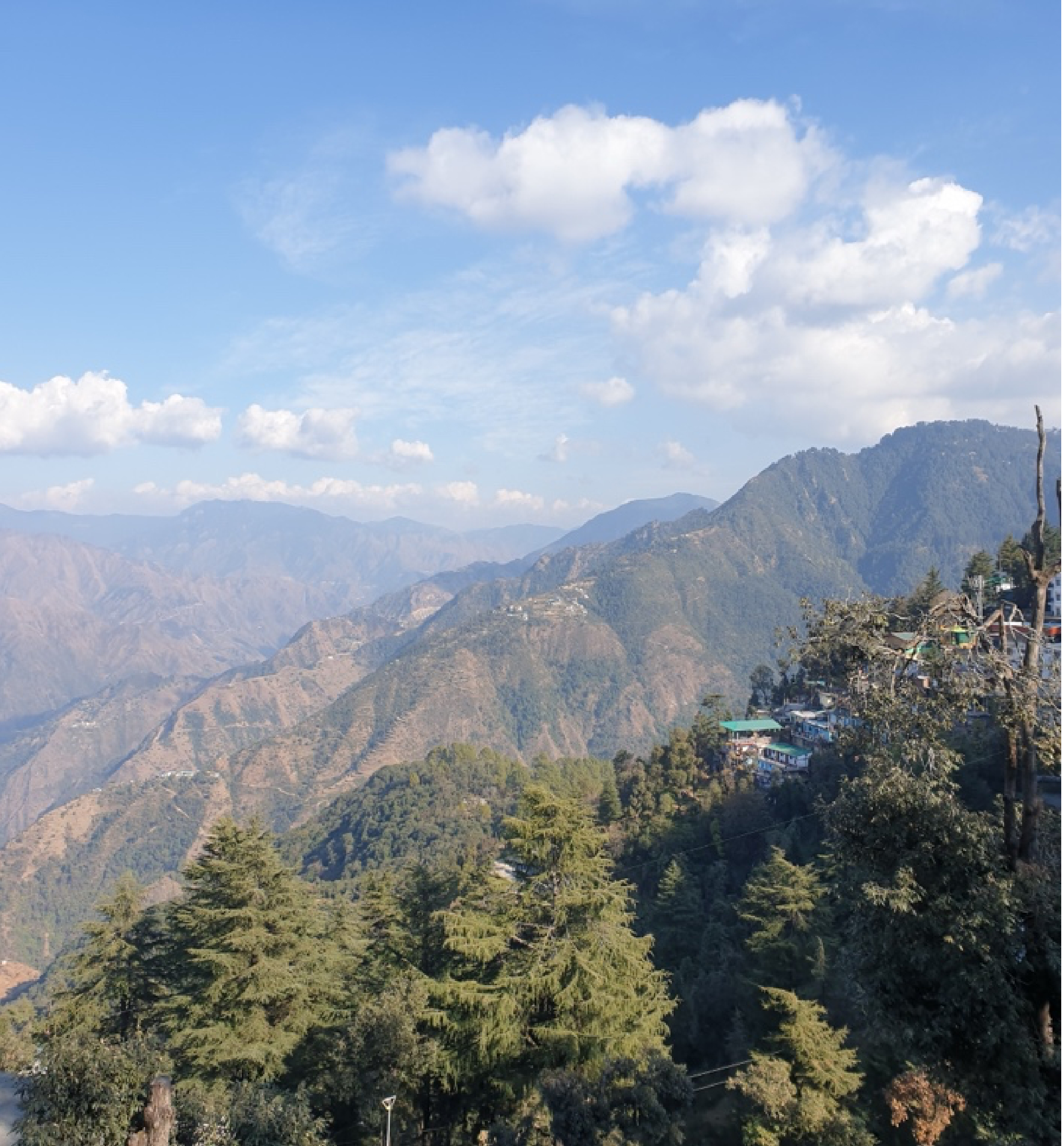 |
| Agnes can be seen in her farm |
Ms. Agnes Mulimi
is a 35-year old mother of four children, living in rural Kenya. She had
been practicing farming for 10 years before A Pragya intervention persuaded her to cultivate medicinal plants. In 2013, when Ms. Mulimi received one and half times more
money from the cultivation of Ocimum (basil) and Mondia Whitiei (gondolosia) in
one acre of land, as compared to that from cultivation of traditional produce, she decided
to completely switch over to the cultivation of medicinal plants. Her success
is no accident.
In rural Kenya, a
majority of the population is dependent on the traditional systems of medicine
and locals regularly consult the ‘daktari
wa mitishamba’ or traditional healers. This belief in the power of
medicinal plants has endured even with the increased access to western medicine.
In the streets of Nairobi, the daktaris
have set up shops right alongside the doctors who practice ‘western medicine’,
vying with them for their patients.
Contrary to
popular belief, the traditional medicines are not cheaper than western
medicine, and many rare and valuable medicinal plants are foraged from the
wild. In the Kakamega rainforest, which is one of the most densely populated
rural regions in the world, people from the villages regularly venture into the
forest, collecting firewood and other non-timber forest produce, including
medicinal plants.
Following the
success of Ms. Mulimi, many other farmers in the region have also switched to
cultivation of popular herbal species. Their efforts are not only helping them
to improve the quality of family’s lives, but also to reduce the impact on
rainforests in the region. The farmers can now better feed, clothe, and educate
their children, with enough money left over to invest in livestock. For Ms.
Mulimi, it is a drastic change from the situation when she struggled to pay for
her children’s school fee. “I plan to rent a piece of land to increase the area
under cultivation. But more importantly, the children are happy because they
can afford to wear shoes to school,” says Ms. Mulimi.




No comments:
Post a Comment